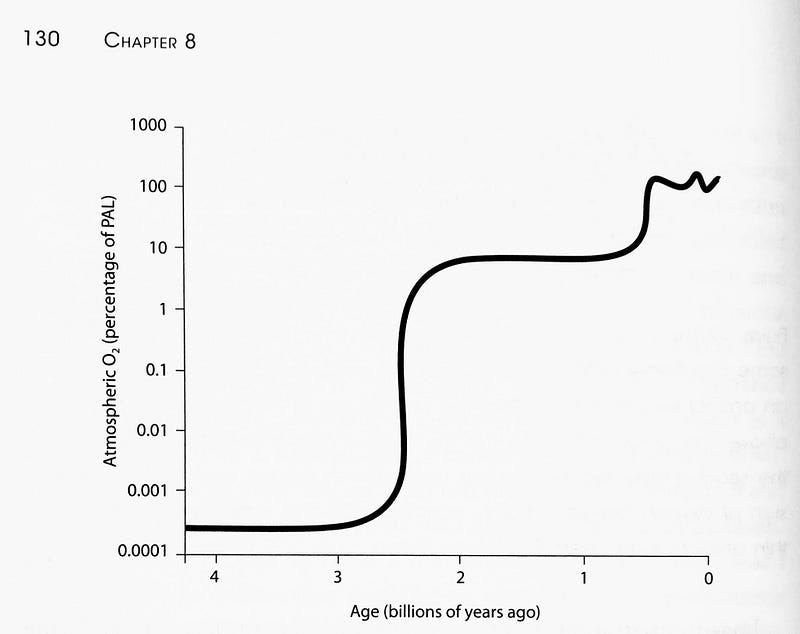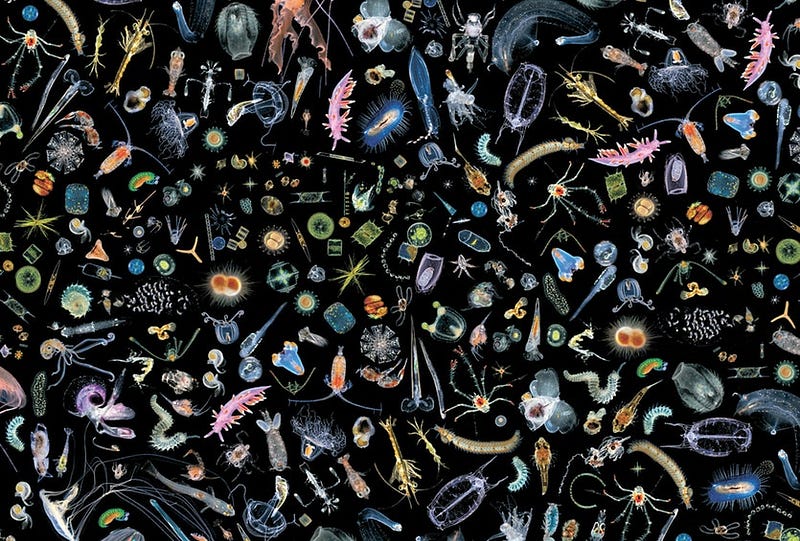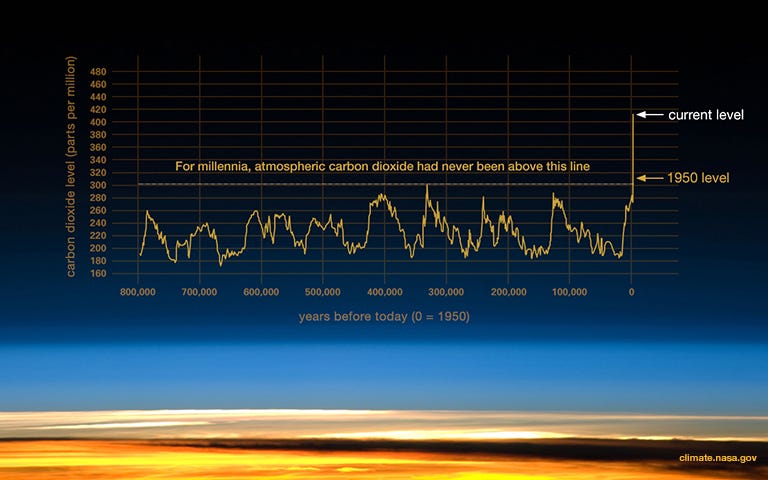Understanding How Humanity Disrupted the Earth's Climate System
Written on
The Role of Microbes in Earth's Atmosphere
For much of Earth's history, life has been predominantly microbial. Microorganisms have played a crucial role in creating the atmosphere we rely on today. In a sense, humans have inadvertently become disruptive forces on this intricate climate system.
As I observe my daughter curiously pressing keys on my computer, I can't help but draw a parallel to humanity's interaction with the climate system. Just as she operates without fully understanding the consequences, we too manipulate the climate without grasping its complexities.
The Significance of Microbial Life
Ancient microbial life thrived for approximately 85% of Earth's existence, effectively transforming the planet's environment over billions of years. These microorganisms contributed to the production of oxygen and the sequestration of carbon, significantly altering the atmosphere. Initially, the atmosphere contained less than 1% oxygen, but thanks to microbes, it now holds around 21%. This vital change allowed for the emergence of life as we know it.
Let's delve deeper into the progression of oxygen levels throughout Earth's history.

The graph illustrates the dramatic increase in oxygen levels, particularly during the Great Oxygenation Event approximately 2.4 billion years ago. This significant rise in oxygen was catastrophic for many organisms but ultimately led to a high-energy environment conducive to life. Microbes, once naive in their actions, managed to create a balanced climate that enabled diverse life forms to thrive.
The Emergence of Gaia
The concept of Gaia, popularized by James Lovelock, presents Earth as a complex living system where life and environment are interdependent. This perspective emphasizes that changes in the environment influence life, and vice versa.
A vast interconnected network exists, sustaining our atmosphere and climate, with microbial life serving as a foundational component. Paul Falkowski eloquently discusses this in his book, "Life’s Engines," which I will reference throughout this discussion.

At any given moment, an astounding number of microbes—trillions—populate our planet. Even within our bodies, microbial cells outnumber our own. This extensive network functions like a supercomputer, maintaining the conditions necessary for life.
Human Impact on the Climate System
However, the equilibrium established by microbes has been disrupted by human activity. Our species, often regarded as intelligent, has frequently acted with both ignorance and overconfidence. In our quest for resources, we have extracted fossil fuels at an alarming rate, releasing millions of years' worth of stored carbon back into the atmosphere.

Fossil fuels were buried for a reason; their extraction and combustion have thrown the climate system into disarray. We are releasing carbon dioxide at a rate that far exceeds the ability of microbial processes to adapt, leading to severe consequences for life on Earth, including our own.
The Challenges Ahead
The rapid changes we have instigated will take centuries, if not millennia, for microbes to rectify. We have fundamentally altered the climate more drastically in a short span than microbes did over eons. This situation calls for a profound shift in our approach.
The first crucial step is to cease fossil fuel consumption, which currently exacerbates climate change. Following that, we must adopt a sense of humility regarding our role in the Earth's systems.
We are geological infants, standing on the shoulders of ancient microbial giants. It’s essential that we acknowledge their contributions and respect the delicate balance they maintain.
Further Exploration
To understand the historical context of climate change, I recommend reading Paul G. Falkowski’s "Life’s Engines." This insightful work illustrates how microbes have made Earth habitable, offering a deeper appreciation for the intricate systems at play.
We must recognize that while we are participants in Earth’s journey, we do not control its course. The climate changes we face are profound, and while we can mitigate some effects, reversing them may be beyond our reach.
This video titled "How do we know climate change is caused by humans?" offers a detailed exploration of the evidence behind human-induced climate change.
The second video, "Climate change is breaking us – here's how to cope," discusses the psychological and societal impacts of climate change and provides strategies for adaptation.